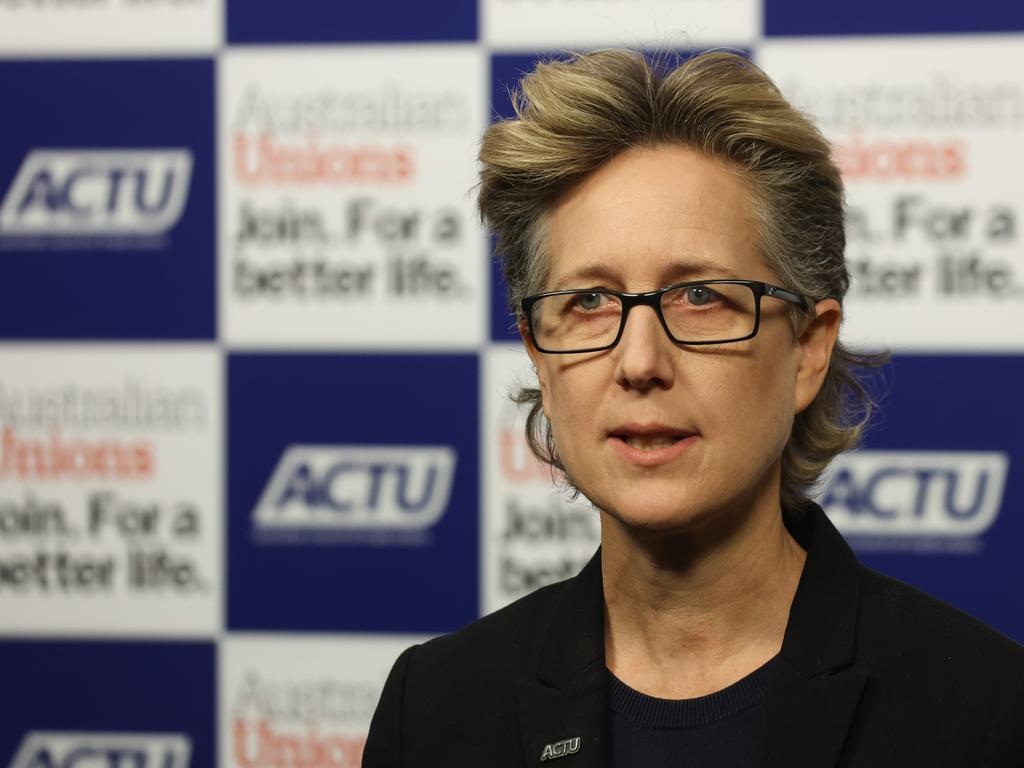
All the talk of bold interest rate increases to crush inflation ignores the fact inflation has surged much faster than central banks have reacted by lifting rates.
That means real interest rates – the nominal interest rate you are earning or paying, minus the rate of inflation – have plunged.
In the US, the real interest rate was negative 6 per cent in June, the lowest it has been in well over 50 years, according to Longterm Trends, a financial data site.
If you’re earning 5 per cent on your bank deposit but inflation is 10 per cent, I’m sorry to tell you but you’re going backwards at a rapid rate. You’d rather be earning 2 per cent on your money with zero inflation than 4 per cent with 8 per cent inflation.
“We’re going to want to see evidence that inflation really is coming down before we declare any kind of victory,” Federal Reserve chairman Jerome Powell said on Thursday at his regular two-day testimony before congress in Washington.
He might be waiting a while.
Powell, fresh from the biggest interest rate rise in a generation, 0.75 percentage points, was trying his best to signal his determination to bring US inflation, 8.6 per cent over the year to May, the highest in 41 years, back to 2 per cent. If central bankers’ theories – which are based around the real, not the nominal, interest rate – are correct, Powell, and the RBA’s Philip Lowe for that matter, have barely begun to tighten monetary policy yet.
You should worry about what your money can buy, not the number of dollars and cents.
As Kevin Hassett, a former chairman of the US Council of Economic Advisers, told me last week, the nominal rate of interest in the economy needs to be above the rate of inflation before inflation will start to decline.
We clearly are still a long way from that point. Indeed, the Cleveland Federal Reserve’s best estimate of inflation for June, which still has a week left, is 8.7 per cent, which will bring to four the number of months US inflation has been above 8 per cent.
To be fair, the interest rates households and businesses pay are different from those set directly by central banks.
The going interest rate on a 30-year fixed rate home loan in the US, the most popular kind, has increased to almost 6 per cent, the highest level since 2008, and up from about 3.5 per cent in January.
But they are still lower than the rate of inflation.
“Low real interest rates induce investors to take more risks,” the International Monetary Fund pointed out in January.
Perhaps that’s why US house prices have yet to respond to “higher” interest rates. Home sales have fallen for four consecutive months in the US, but home prices have continued to increase. They are up 16 per cent over the year to May to almost $US408,000, according to the National Association of Realtors.
What matters for long-term investments is the average rate of inflation and interest rates into the future. And that no one knows with certainty.
The high-income investors who dominate the sharemarket appear to think real interest rates will increase, hence the slump in share prices throughout the developed world. They believe Powell’s inflation-fighting determination.
Retail investors, who loom relatively larger in the housing market, perhaps aren’t so sure.
We’ll see who’s right over the rest of the year.






It might surprise you to learn that interest rates have fallen dramatically this year, in the US especially, but Australia too.